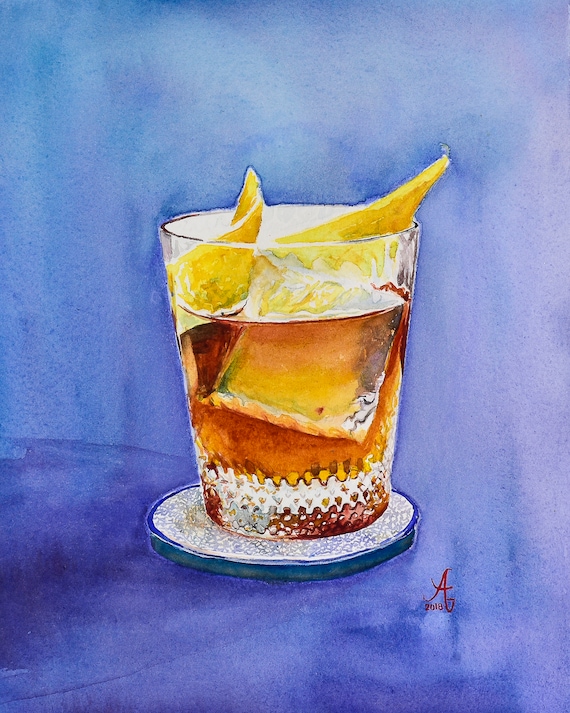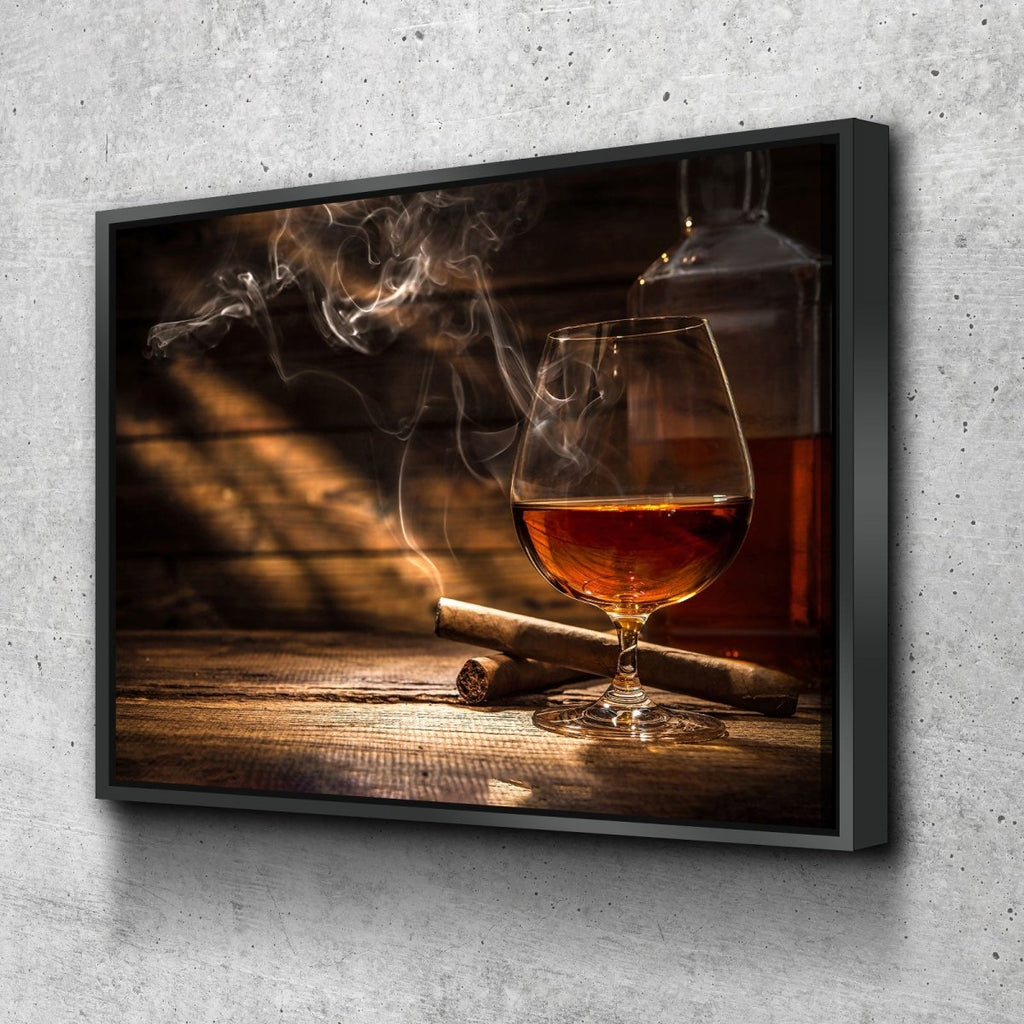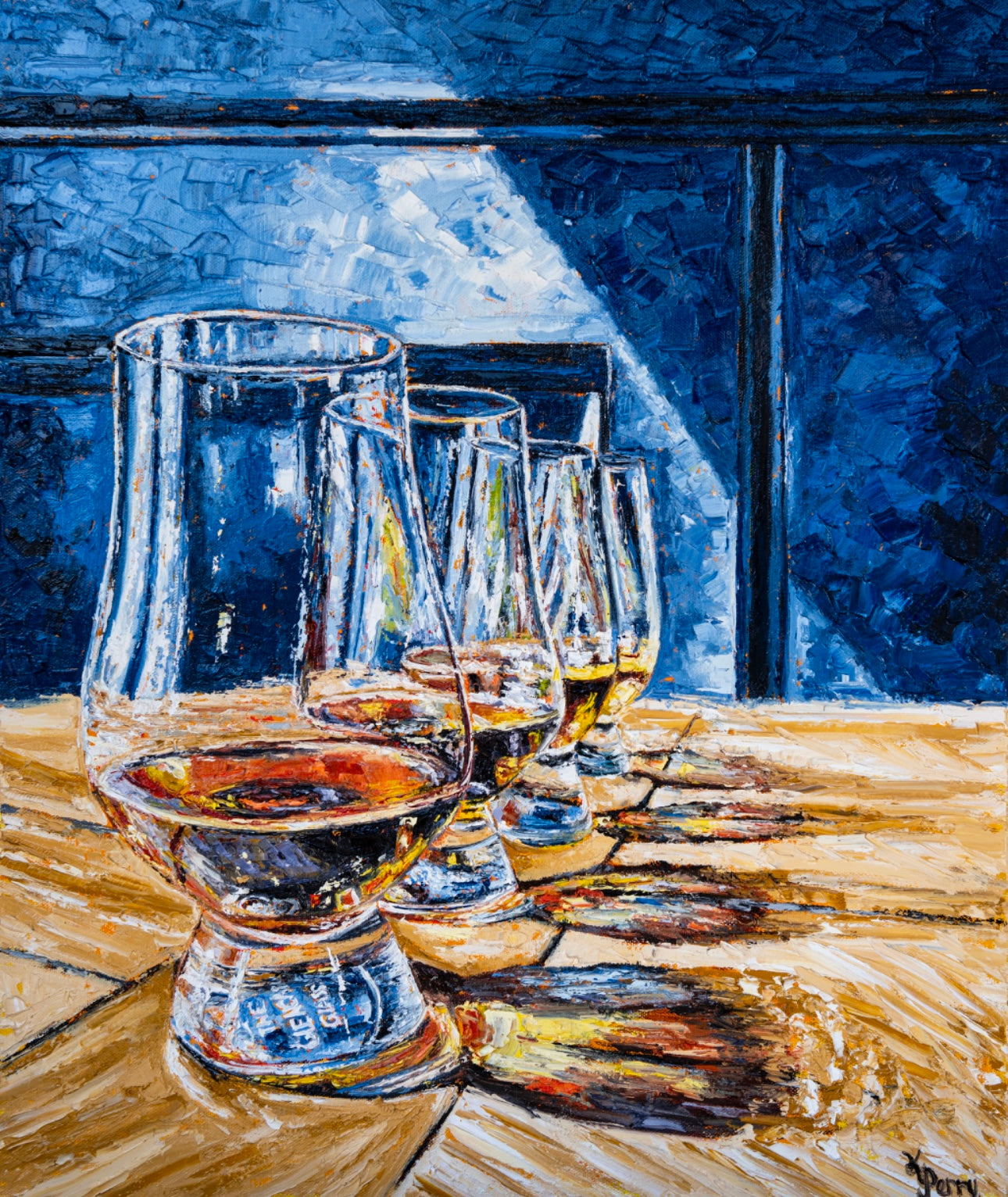Realism Art in the Whiskey Market: Depicting Moments of Purification
Realism Art in the Whiskey Market: Depicting Moments of Purification
Blog Article
The Value of Whiskey Art in Celebrating Heritage and Craftsmanship in the Beverage Industry
The elaborate relationship between scotch art and the celebration of heritage and craftsmanship within the beverage market can not be overstated. Through attentively designed bottles and tags, bourbon brands envelop their historical roots and the artisanal abilities that specify their production methods.
The Historical Origins of Whiskey
At the heart of scotch's attraction exists a rich tapestry of historical roots that trace back to old worlds. The beginnings of scotch can be connected to the purification techniques of the Sumerians and Babylonians around 2000 BCE, where very early forms of fermented grain beverages began to emerge. Nevertheless, it remained in the Center Ages that the art of purification progressed considerably, specifically in Ireland and Scotland, leading to the production of bourbon as we recognize it today.
The term "whiskey" itself stems from the Gaelic word "uisce beatha," meaning "water of life." This expression emphasizes the social importance of bourbon in Celtic societies, where it was usually related to routines, celebrations, and common bonding. By the 15th century, purification became a recognized craft within reclusive areas, leading the way for the establishment of legal distilleries.
As profession paths increased, bourbon's appeal expanded, transcending regional borders and recording the passion of lovers worldwide. Bourbon Art. This historical journey mirrors not just the craftsmanship behind scotch manufacturing however likewise its indispensable duty in social and cultural contexts, marking it as a substantial drink throughout history
Artistic Expression in Branding
Scotch branding stands as a compelling crossway of creativity and business, where visual identity plays an essential duty fit customer understanding. The visual appeals of whiskey tags, packaging, and advertising and marketing materials show not only the brand's tale yet additionally its core worths and heritage. With artistic expression, distilleries share a story that reverberates with customers, stimulating emotions and triggering links.
Using shade, typography, and imagery in branding serves to differentiate items in a saturated market. For instance, conventional themes may stimulate a sense of credibility and craftsmanship, while contemporary styles can signify development and forward-thinking. This strategic creative direction boosts brand recognition and commitment, permitting consumers to build a personal relationship with the bourbon they select.
In addition, imaginative expression in branding frequently functions as a celebration of regional heritage. Distilleries frequently include local signs or historical references into their designs, producing a local color that welcomes consumers to participate in a wider social experience. Eventually, the artistry behind bourbon branding not only enhances visual charm yet likewise enriches the overall story of the brand, cultivating a much deeper appreciation for the workmanship and heritage embedded in each bottle.
Workmanship in Bottle Style
The artistry evident in scotch branding expands past aesthetic identity to incorporate the workmanship included in bottle design. Each bottle works as a vessel not just for the spirit within, but additionally for the story it informs about its tradition, origin, and high quality. The layout process requires meticulous attention to find here information, as aspects such as closure, material, and shape contribute considerably to the total assumption of the scotch.
Workmanship in bottle design entails selecting high-grade glass that can boost the scotch's shade and clearness, while also providing a tactile experience for the customer. The silhouette of the bottle should be both aesthetically appealing and functional, often mirroring the heritage of the brand name. Many distilleries opt for unique shapes or embossed logos that evoke a feeling of authenticity and history.
In addition, the tag design and typography play an essential role in communicating the brand name's story. Whiskey Art. A well-crafted container not only astounds the consumer's eye however additionally enhances the brand's commitment to quality and custom. By doing this, the workmanship of bottle style comes to be a vital aspect of the bourbon experience, combining artistry with a profound respect for heritage
Cultural Significance of Scotch Art
Commemorating tradition and workmanship, the cultural relevance of scotch art transcends plain appearances, intertwining with the historical and social stories of the regions click over here now from which it originates. Each bottle functions as a canvas, depicting the distinct stories, mythology, and practices that have actually formed local whiskey-making techniques. The complex designs usually show the heritage of the distillers, integrating icons and motifs that resonate with the culture and worths visit this page of their neighborhoods.

On top of that, scotch art plays a vital role in public events and celebrations, working as a substantial web link in between individuals and their shared experiences. By appreciating the creativity in bourbon packaging, consumers cultivate a deeper understanding and respect for the craft, ultimately enriching their enjoyment of the drink itself.
Modern Trends in Whiskey Presentation
In the last few years, the discussion of scotch has evolved to show contemporary tastes and fads while still honoring conventional workmanship - Limited Edition. Distilleries are significantly concentrating on aesthetic aspects that enhance the overall drinking experience, linking the space between heritage and modernity
Innovative bottle layouts have arised, often including sustainable materials and imaginative tags that inform engaging stories. Several brand names currently collaborate with regional artists, infusing their products with unique aesthetic expressions that resonate with consumers. Furthermore, limited-edition launches are usually packaged in collectible containers, adding value and appeal for connoisseurs.

Conclusion
In conclusion, scotch art offers as an important avenue for sharing the heritage and craftsmanship integral in the beverage industry. Through intricate branding, innovative bottle styles, and culturally significant imaginative aspects, bourbon brand names successfully honor their customs and link with customers.


Craftsmanship in bottle layout involves picking premium glass that can boost the bourbon's color and clarity, while also offering a tactile experience for the consumer. In this method, the workmanship of container style becomes a crucial aspect of the scotch experience, combining virtuosity with a profound respect for heritage.
In final thought, bourbon art serves as a vital conduit for revealing the heritage and craftsmanship intrinsic in the drink sector.
Report this page